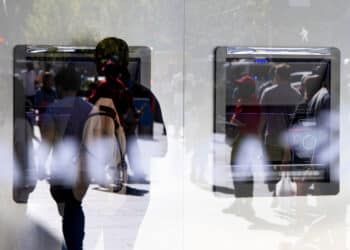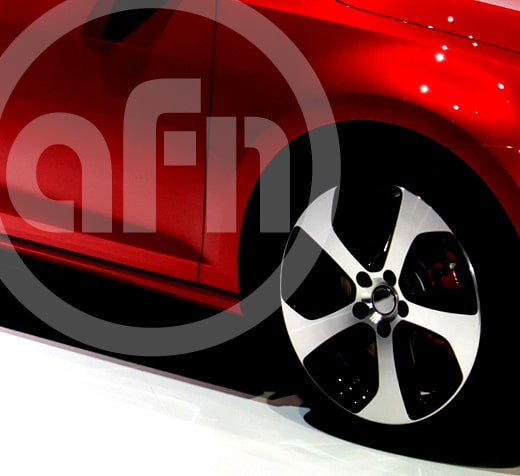Betting on Bargains
Rising interest rates, increasing debt burdens, and saturated auction lanes are pressuring vehicle lenders in sub-Saharan Africa and sending repossession rates climbing.
Relative to Europe and the United States, the African car market is small. For all of sub-Saharan Africa, sales of new passenger cars totaled fewer than 690,000 units in 2007, said Dan Brett, a London-based auto sector consultant. Put another way, “the car market for the whole region is little more than 20% of the size of the German market,” he said. “As such, the car loans sector, which covers around 70% of the total value of the market, is small and fragmented compared to the developed world.”
Commercial vehicles dominate the sub-Saharan Africa auto market. Truck sales comprise a third of total sales, a far higher rate than other regions; in Latin America the proportion is about one in four, while in Europe it is one in six.
With 55% of the region’s market, only South Africa “can be described as having a significant car loans market,” Brett said. South African motorists are, however, drowning in debt. In addition to interest rates that have risen by five percentage points during the past two years, consumers have to cope with soaring oil and food prices. The effect on the country’s car market has been “crippling,” according to emerging market publisher Business Monitor International. According to its 2008 South Africa Automotives Report, “the double-digit sales growth…of recent years has been wiped out due to the rising cost of borrowing, mounting household debt, rising car prices, and the tightening of the credit law.”
Chris de Kock, sales and marketing director at WesBank, one of South Africa’s leading vehicle financiers, estimates that when one factors in insurance, interest, capital, fuel and maintenance, the owner of a vehicle valued at R100,000 ($13,000) is paying close to 44% more today than he was in 2004. The ratio of debt to monthly disposable income had risen to almost 80%, from about 40% in 2003.
De Kock said vehicle finance applications have fallen off significantly throughout South Africa. Consumers are increasingly unable to keep up with car payments, and banks have few options other than repossession. The repossession rate is running at about 6,000 vehicles a month — the highest it’s been in 10 years in South Africa.
Car financiers like WesBank ask their customers to get in touch as soon as they have trouble making their monthly payments. Alternatives to repossession are then considered: skipping a monthly payment, trading down to a cheaper car, or extending the contract. While most car deals used to be financed over 48 months, nowadays customers can extend contracts up to 72 months. Customers have few options past 72 months, because that is the average vehicle lifespan.
The abundance of repossessed cars is depressing auction prices. Oversupply is also putting pressure on new car dealers. Analysts predict that new-car dealerships may be forced to downscale or consolidate; some South African used-car outlets are expected to go under.
Not all the news is gloomy, however. While passenger car sales are weak, truck sales are faring well. Brett said that haulage firms (companies that use trucks to transport heavy goods over long distances) are a “reliable bedrock for lenders in the automotive market, although in the long-term, passenger car sales will represent an increasing proportion of automotive sales with the inevitable increase in middle-class affluence.”
South Africa’s hosting of the 2010 World Cup should have a “positive impact on the automotive market, with car rental fleets expanded to cater for demand and infrastructural developments spurring demand for trucks,” according to Business Monitor International’s report. However, Brett doesn’t believe drivers will switch from purchasing to the leasing of vehicles, “since car ownership is related to asset acquisition and leasing is seen as wasted money.”
Africa is too poor to be a significant market for the world’s major automakers, but it offers possibilities to Chinese firms like Great Wall Motor Co., Chery Automobile Co., and Geely Group Ltd. According to The Wall Street Journal, since 2003, Chinese car exports to Senegal have risen 18-fold to $7.9 million. Other African countries have taken similar steps, improving the market for low-cost new cars. India’s Tata Motors Ltd. is developing a $2,500 car and setting up showrooms across Africa. “European and American manufacturers are scrambling to develop bargain models of their own,” according to The Journal. “Japan’s Nissan Motor Co. and Renault SA of France are in talks with another Indian company, Mahindra & Mahindra Ltd., on developing a car that would cost under $3,000.”
—George Szamuely















